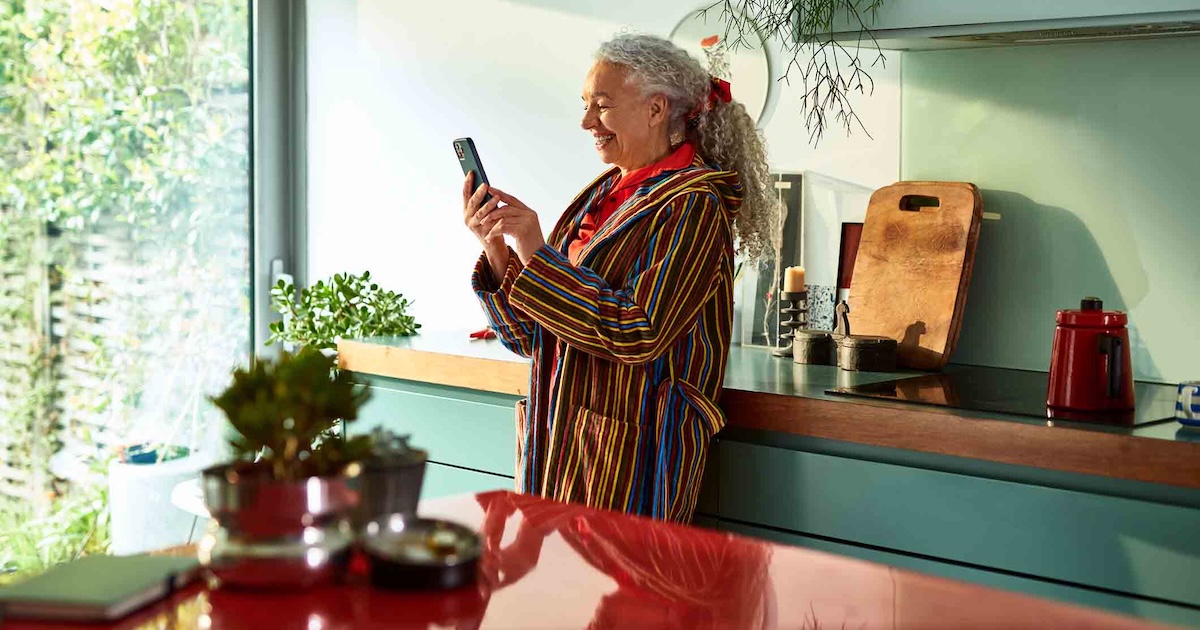“We’re piloting HealthKit.”
That's what the CIO of an East Coast health system recently told mHealth News. And though he didn’t elaborate, it's clear his sentiments represent the wave of excitement in healthcare circles around Apple’s new product.
But other than the few hospitals that have publicly shared details of their pilot projects - the Duke University School of Medicine and Ochsner Health System are the two most high-profile - no one has pinpointed exactly how many are using the software.
Until now. Reuters research has determined that 14 of the top 23 hospitals are either already testing HealthKit or are in talks to do so.
“Those trying out Apple's service included at least eight of the 17 hospitals on one list ranking the best hospitals, The U.S. News & World Report's Honor Roll,” Reuters reported.
Ricky Bloomfield, MD, director of Duke’s mobile technology strategy, said in a Healthcare IT News column that products like HealthKit “open the door to patients choosing to share data. That will let doctors make more informed treatment decisions in cooperation with them.”
While Apple has pulled into an early lead, Reuters also found that hospitals are interested in offerings from Google and Samsung.
“Many of the hospitals told Reuters they were eager to try pilots of the Google Fit service, since Google's Android software powers most smartphones,” Reuters wrote. “Google said it has several developer partners on board for Fit, which connects to apps and devices, but did not comment on its outreach to hospitals.”
It's way too early to predict whether Apple will dominate this market or share it will Google, Samsung and even Microsoft. Accenture’s managing director of clinical services, Steve Savas, said he expects the platforms from these vendors to not only continue gaining purchase among hospitals and patients but also foster an ecosystem of innovation because they bring standards and drive costs of developing products downward.
“Because of the uniqueness of healthcare,” Savas said, “the platform approach makes sense.”


